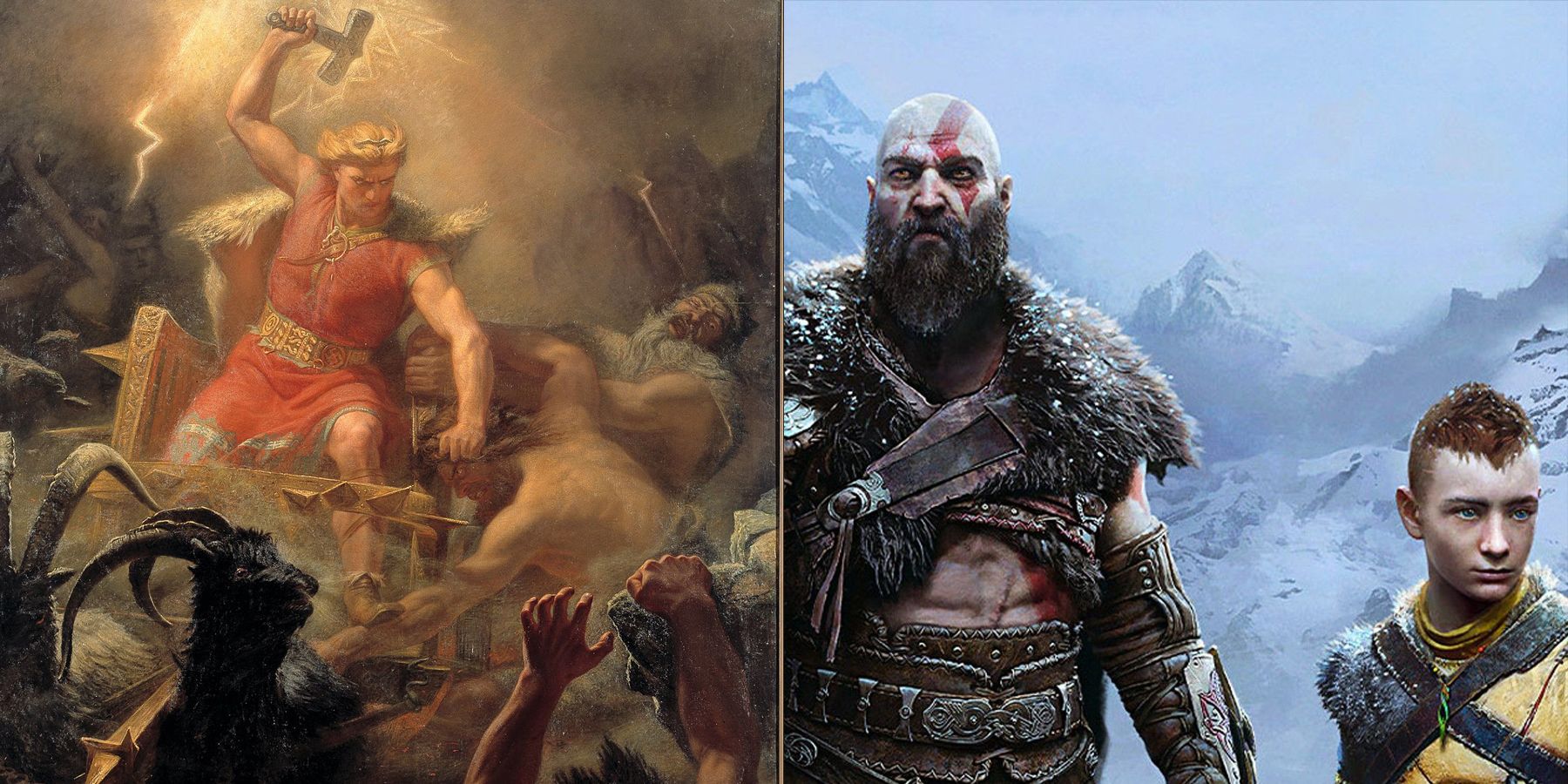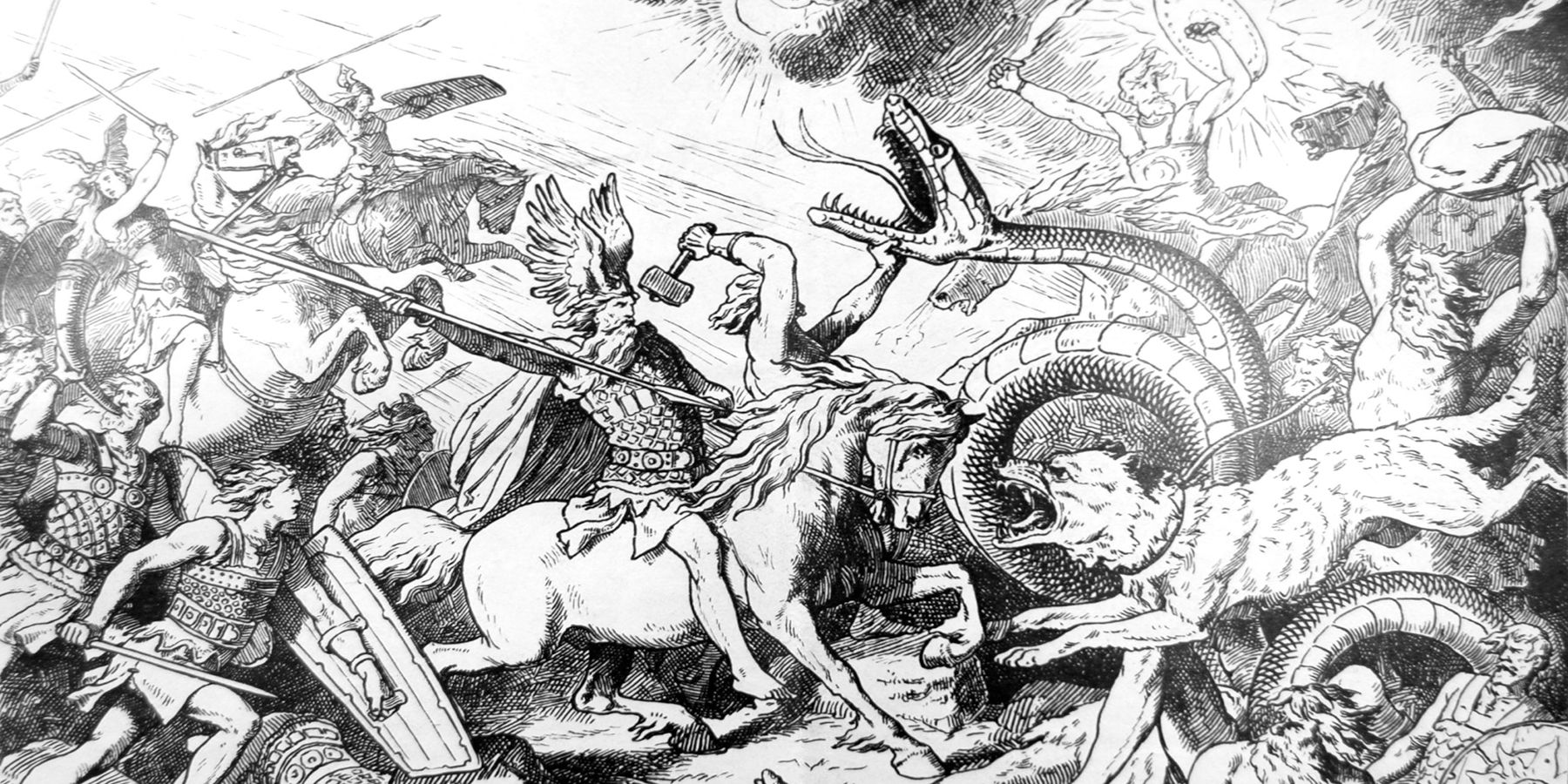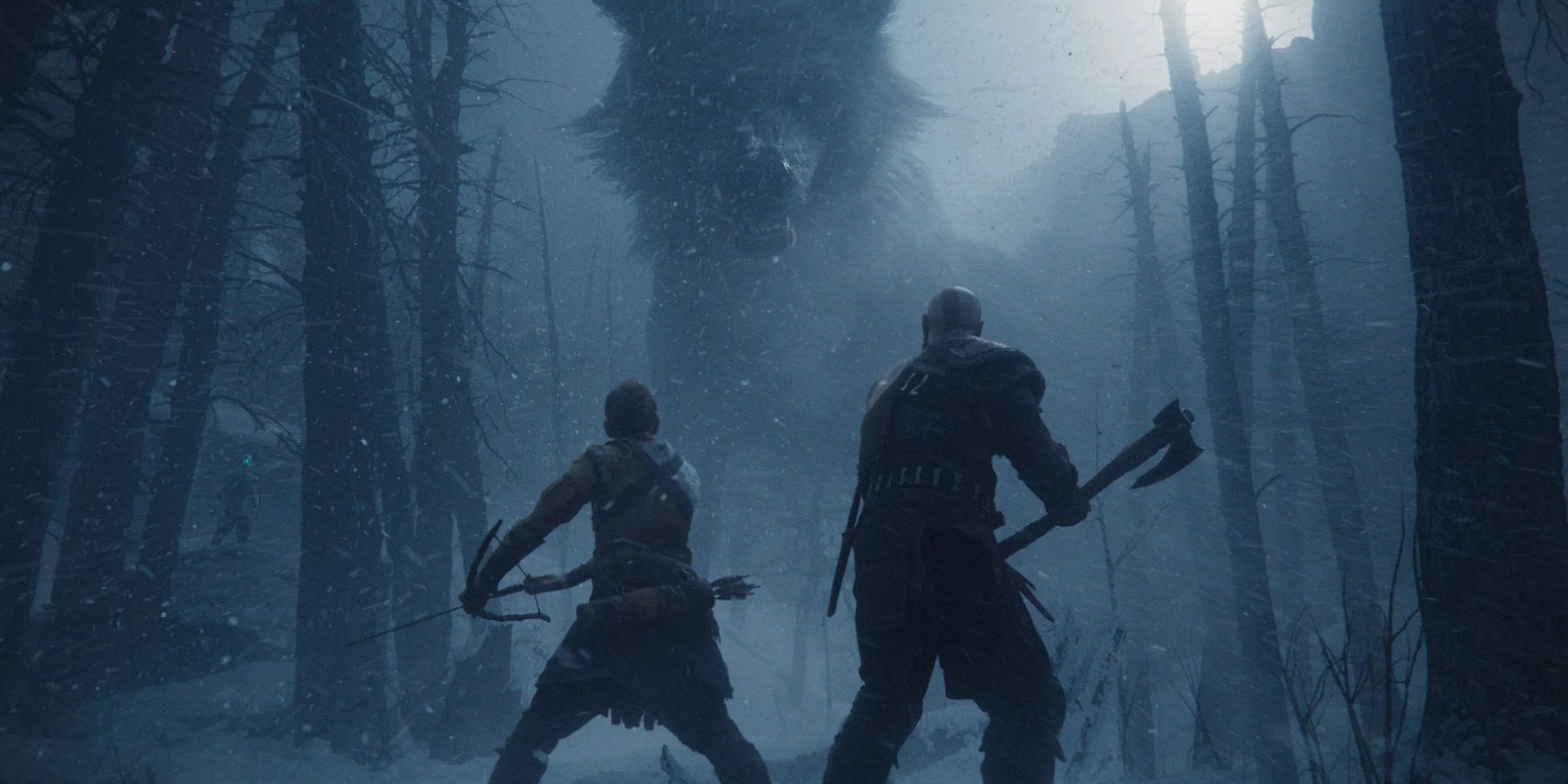Please Note: This article contains MAJOR spoilers for God of War Ragnarok. Proceed at your own risk.God of War Ragnarok plunges Kratos and his son, Atreus, into the titular world-ending events, as they aim to take out the Aesir gods and save the nine realms from their treacherous rule. Since both characters play a vital role in these events, the story of Ragnarok from mythology is very different from the ones that fans will experience in-game. However, this does not take away from God of War Ragnarok being one of the best games in the series with amazing gameplay and character development.
One of the key differences between the story told in God of War Ragnarok and the mythological accounts are that certain key figures are greatly downplayed to give room for Kratos and Atreus to take the forefront. Certain characters like Fenrir, Jormungandr, and Angrboda do not follow the same path in mythology, while others like Hel are completely absent. At the same time, other characters have more prominent roles, such as Freya, and of course, the two main characters, filling in the gaps left by these key figures.
Ragnarok in Mythology
In Norse mythology, Ragnarok describes the death of many of the Aesir gods and the destruction and eventual recreation of the nine realms. The first sign of Ragnarok is the onset of Fimbulwinter which begins shortly after the death of Baldr, who was killed after Loki tricked his blind brother Hodur to shoot a mistletoe arrow at Baldr. The three winters of Fimbulwinter finally end, and Loki, along with his children Hel, Jormungandr, and the great wolves, assembles an army of giants and charges toward Asgard.
Many of the principal Aesir gods and their enemies are killed during the events of Ragnarok, including Odin, Freyr, Thor, Tyr, and Heimdall. Fenrir, the great wolf, swallows Odin and is eventually killed by Vídar, which marks the end of Ragnarok. Asgard is destroyed by the attacking armies And the surviving gods eventually rule over the surviving humans that now repopulate the world and usher it into a new age.
Ragnarok in God of War
In God of War, Ragnarok is kickstarted when Kratos kills Baldur, plunging all nine realms into Fimbulwinter, which affects each realm differently. As prophesied by the giants, Atreus is meant to lead the charge into Asgard which will finally see the death of Odin and the rest of the Aesir who have cruelly ruled over the nine realms. Unlike in mythology, Atreus cannot use the giants to mount an attack on Asgard since they have all either died or have gone into hiding in other lands.
Kratos and Atreus, along with their allies, are able to awaken the embodiment of Ragnarok by combining the primordial flames of Kratos’ Blades of Chaos with Surtr, who now possesses the cold heart of his wife, Sinmara. They assemble an army composed of beings from every realm outside of Asgard, and using the horn, Gjallarhorn, which they acquired after defeating Heimdall, they opened a path to Asgard. Kratos and Atreus are able to defeat Odin, and Ragnarok with his mighty sword destroys the realm.
While God of War Ragnarok does stray away from the mythological events of Ragnarok, it still does a great job at including Kratos and Atreus in the epic tale and making the events play out with excitement and anticipation. While certain characters such as Fenrir did not play as big a role as they did in mythology, the way in which the story unfolds allows each of the characters to shine through. God of War Ragnarok gives fans a unique take on the death of the Aesir and is a fitting end to the Norse saga of the series.
God of War Ragnarok is now available for PS4 and PS5.



